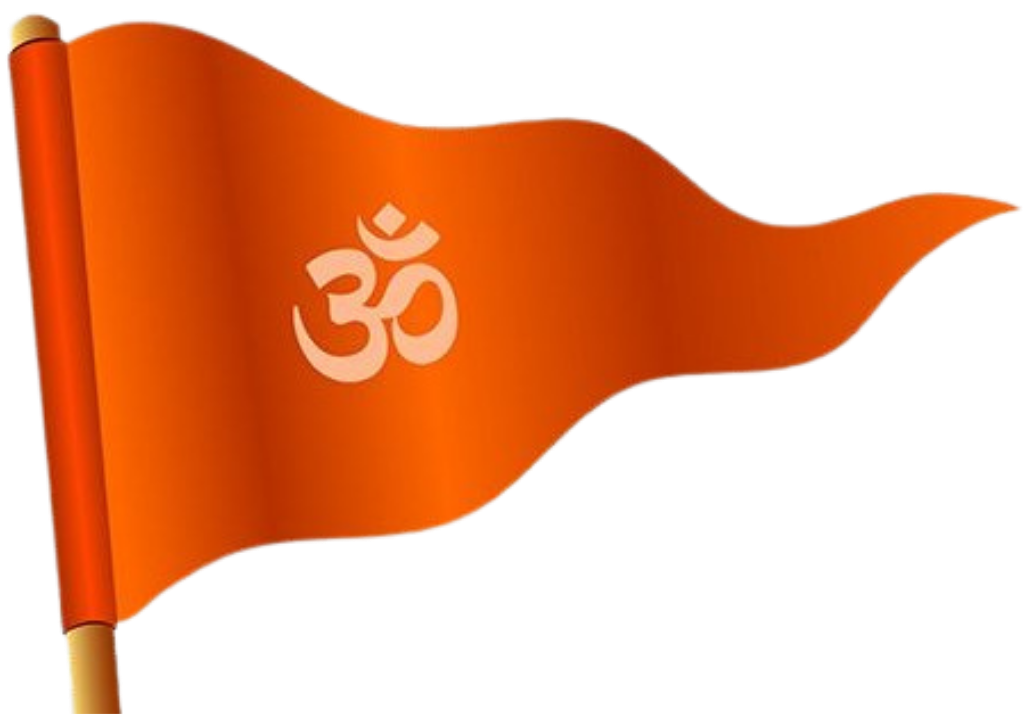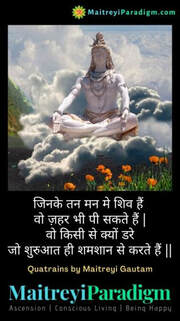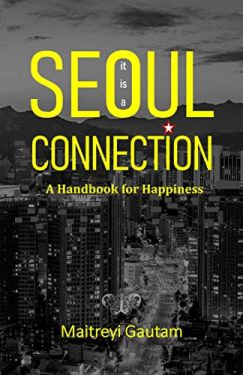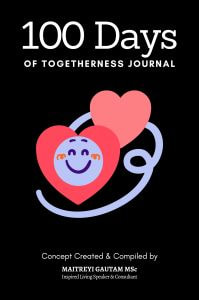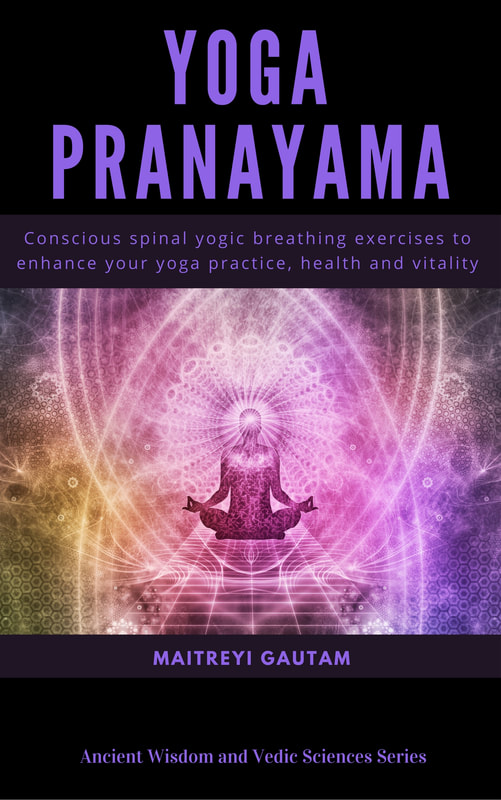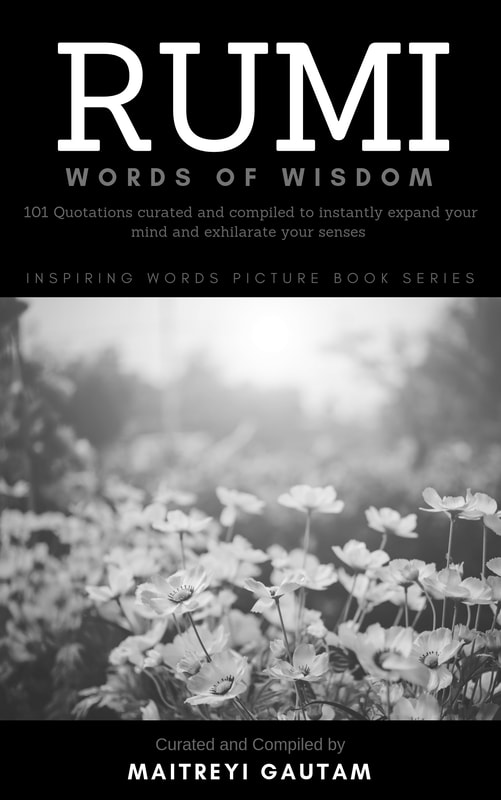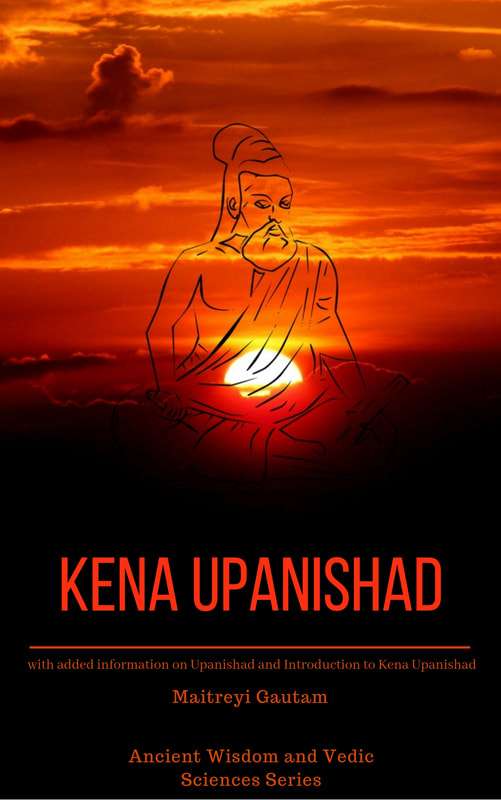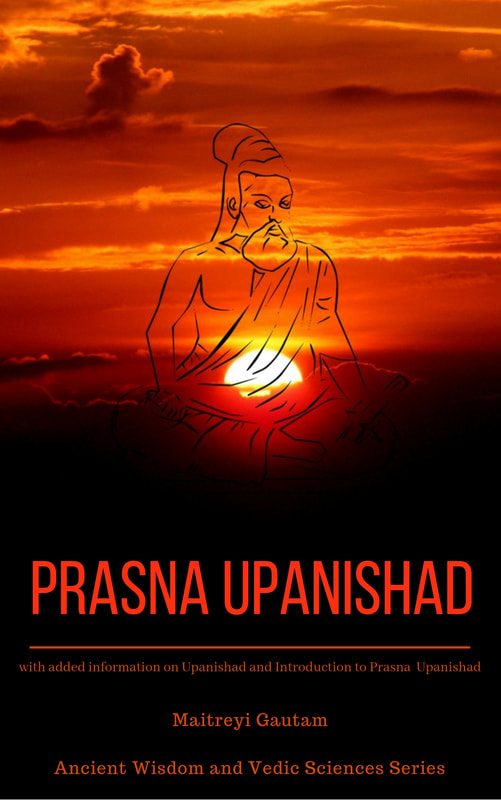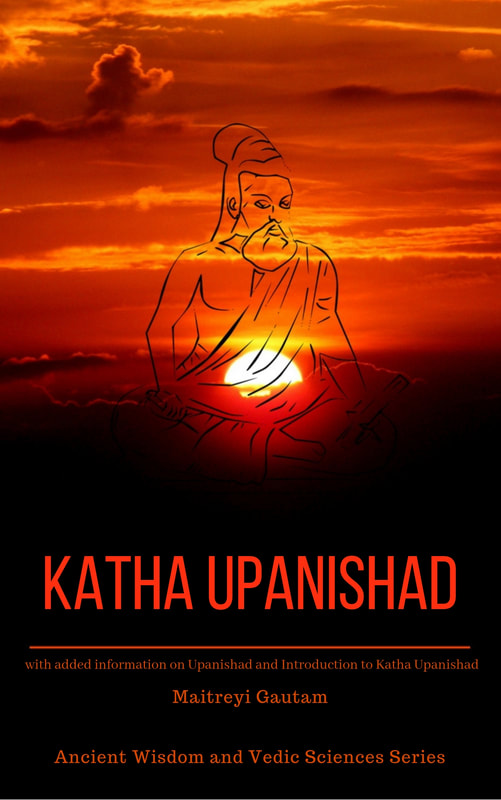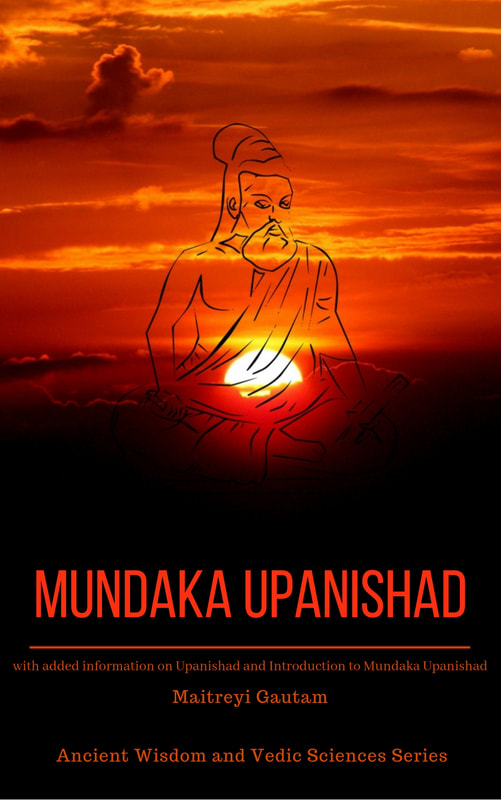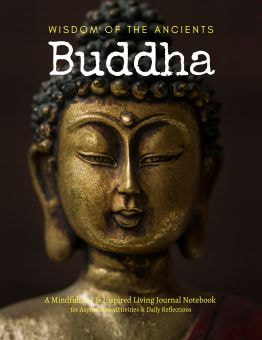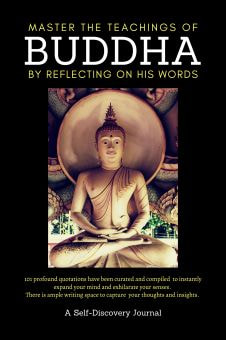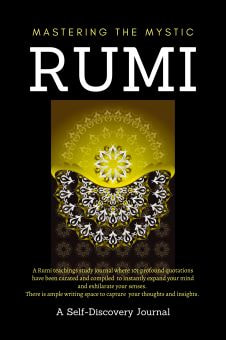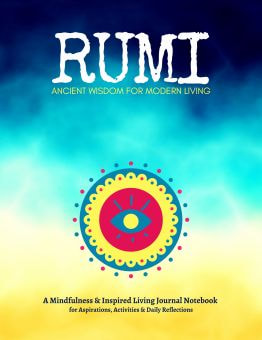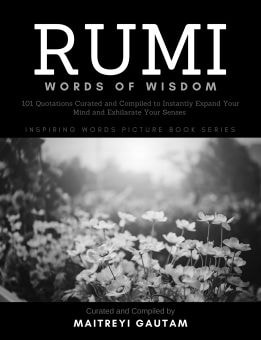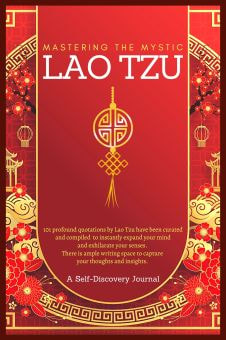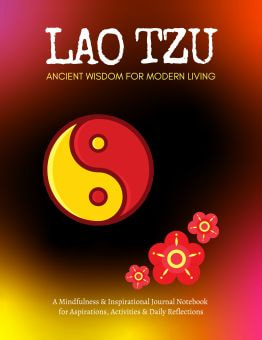Vedic Culture, which is the culture of the original Himalayan Masters, is one of the most advanced ancient civilizations. It is a tradition which has given mankind several treasures such Yoga, Meditation, Conscious-Living and Vedic Sciences such as Ayurveda, Vedic Physics & Vedic Mathematics.
It was always a scientific culture that understood the very mechanics and workings of this Universe. Their deities, their gods and goddesses were all a way of expressing and explaining these energies and their inter-working. Modern Quantum Mechanics is just starting to understand string theory, dark matter etc. which have all been fundamental to the Vedic understanding. Because of this, they developed ways and methods which allowed one to best tap into life-energy itself.
Vedic Culture, as it was practiced by the Himalayan Masters, was always a "way of life" and not a religion.
Their basic view was that, there is only ONE Supreme God-head (God as our creator) and each one of us can find our path to it- experience union with that divinity (Yoga) in their own way.
Because of this, anyone with any religious affiliations and beliefs can still benefit from their knowledgeable ways of Vedic Wisdom.
Our attempt here is to present this ancient wisdom in a modern light, so our readers can interpret the true, essential meaning more easily and then extrapolate it to their own specific scenarios and enhance the quality of their life and being-ness.
It was always a scientific culture that understood the very mechanics and workings of this Universe. Their deities, their gods and goddesses were all a way of expressing and explaining these energies and their inter-working. Modern Quantum Mechanics is just starting to understand string theory, dark matter etc. which have all been fundamental to the Vedic understanding. Because of this, they developed ways and methods which allowed one to best tap into life-energy itself.
Vedic Culture, as it was practiced by the Himalayan Masters, was always a "way of life" and not a religion.
Their basic view was that, there is only ONE Supreme God-head (God as our creator) and each one of us can find our path to it- experience union with that divinity (Yoga) in their own way.
Because of this, anyone with any religious affiliations and beliefs can still benefit from their knowledgeable ways of Vedic Wisdom.
Our attempt here is to present this ancient wisdom in a modern light, so our readers can interpret the true, essential meaning more easily and then extrapolate it to their own specific scenarios and enhance the quality of their life and being-ness.

